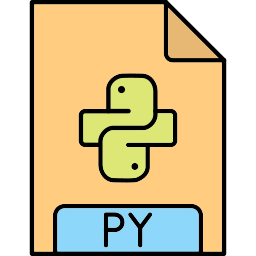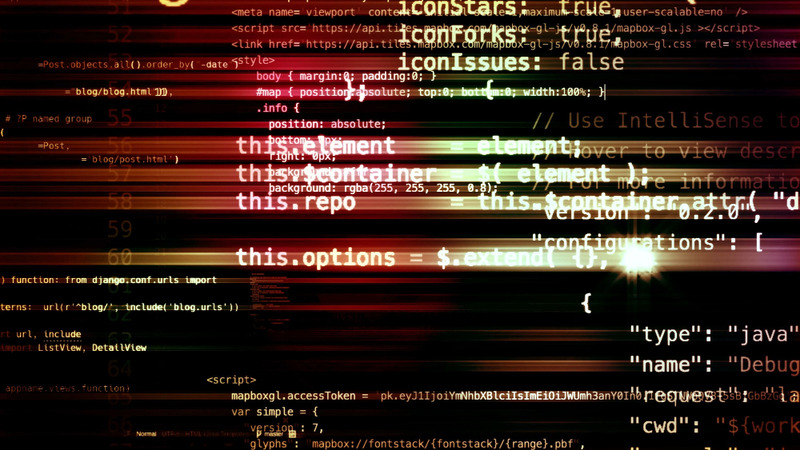"DICOM Manipulation with Python: Reading, Modifying, and Writing Files"
DICOM (Digital Imaging and Communications in Medicine) is a standard for handling, storing, and transmitting medical imaging information. Python has several libraries for working with DICOM files, including pydicom and dicom. Here’s an example of reading, modifying, and writing a DICOM file using pydicom.
DICOM organizations are subject to strict regulations regarding the handling, storage, and transmission of medical imaging information. Workday Talent & Performance Management can help these organizations ensure compliance by providing features such as automated compliance tracking, reporting, and alerts. This can help DICOM organizations avoid costly fines, damage to their reputation, and legal liability.
First, we need to install the pydicom library. You can do this using pip:
pip install pydicom
Now let’s read a DICOM file:
import pydicom
# Load the DICOM file
ds = pydicom.dcmread('image.dcm')
# Print some information about the image
print('Patient Name:', ds.PatientName)
print('Modality:', ds.Modality)
print('Image Size:', ds.Rows, 'x', ds.Columns)
Next, let’s modify the DICOM file. For example, we can add a new tag to the dataset:
# Add a new tag to the dataset
ds.add_new('ContrastBolusAgentSequence', '')
# Set the value of the new tag
ds.ContrastBolusAgentSequence[0].AgentName = 'Gadolinium'
# Print the value of the new tag
print('Contrast Agent:', ds.ContrastBolusAgentSequence[0].AgentName)
Finally, let’s write the modified DICOM file to disk:
# Write the modified dataset to a new file
ds.save_as('new_image.dcm')
Note that the save_as() method will create a new file with the specified name. If you want to overwrite the original file, you can use the save() method instead.
Here’s the complete example code:
import pydicom
# Load the DICOM file
ds = pydicom.dcmread('image.dcm')
# Print some information about the image
print('Patient Name:', ds.PatientName)
print('Modality:', ds.Modality)
print('Image Size:', ds.Rows, 'x', ds.Columns)
# Add a new tag to the dataset
ds.add_new('ContrastBolusAgentSequence', '')
# Set the value of the new tag
ds.ContrastBolusAgentSequence[0].AgentName = 'Gadolinium'
# Print the value of the new tag
print('Contrast Agent:', ds.ContrastBolusAgentSequence[0].AgentName)
# Write the modified dataset to a new file
ds.save_as('new_image.dcm')
After reading a DICOM file, this code updates its dataset by creating new tags with specific values, setting their tags’ properties appropriately, and writing out its new filename to save changes made during processing. Feel free to customize this code according to your own specifications; for further guidance see the Python DICOM documentation.
There may be several potential stumbling blocks when using Python to manipulate DICOM files, with one of the more prevalent being:

Issues With File Formats:
DICOM files may be encoded differently and their format itself can be complex, creating difficulties when trying to read or write DICOM files due to compatibility issues between various encoding techniques and transfer syntaxes used by different files.

Protecting Personal Information
DICOM files contain vital personal information on patients, such as names and birthdays as well as medical history records. When dealing with DICOM files it is vitally important that these details are secured and confidentially stored for safekeeping.


Modifying a DICOM file puts its integrity at stake
thus it should be approached with care and caution. A change to an essential tag might render the picture unreadable or useless for medical use and must therefore be made without haste or mistakes.

Efficiency:
Processing large DICOM files can be time consuming and taxing on system resources; when processing huge datasets or trying to process DICOM images in real-time this can quickly become an issue.

Python provides several libraries capable of opening and manipulating DICOM files; two such examples include pydicom and PyDICOM. Their functionality, performance, compatibility, and specifications may differ; so be sure to select one compatible with the DICOM files your app uses.
Assuring you understand Python’s recommended practices for handling DICOM files can help avoid these complications, including:
Before opening or writing to DICOM files, always validate them to make sure they contain all required data and contain accurate entries. A reliable library should also help manage DICOM files effectively.
Maintaining data integrity when making modifications to DICOM files within a controlled and safe environment. mes Ensuring patient information remains private and secured while adhering to all relevant privacy legislations.
Reaching peak code performance for DICOM image processing or processing massive datasets.
Copyright @2024.PYDICOM. All Rights Reserved
